SEPA kicks the sea lice ball even further into the long grass
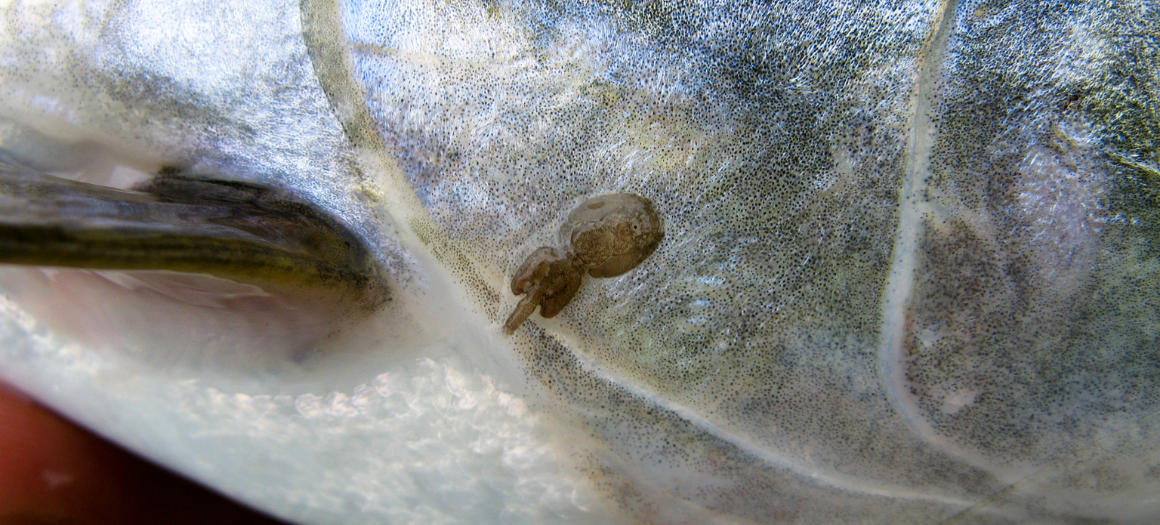
In late August, SEPA published its response to the many representations it received during its Wild Fish and Sea Lice Consultation.
This consultation was conducted by the regulator earlier in the year, following Scottish Government’s decision to make SEPA responsible for managing interactions (notably sea lice) between salmon farms and wild fish.
We have long known what is urgently required to give some protection now to wild salmon and sea trout in the west Highlands and Islands. The priority must be to tackle immediately the negative impact of existing salmon farms.
There is no way to dress this up. SEPA’s plans are woefully inadequate.
It could be that the regulator is just shirking its responsibility to protect wild salmon and sea trout populations. Or perhaps this is just another example of central Scottish Government making sure SEPA cannot upset its vision for the expansion of fish farming, whatever the environmental cost.
This is the key section from SEPA’s plans:
“III. To protect wild salmon populations from deteriorating, in Wild Salmon Protection Zones (WSPZs) where sea lice concentrations are modelled as high, we will apply permit conditions to existing farms to prevent concentrations in the WSPZs from rising further.
IV. Collect evidence of impacts on wild salmonid populations in those WSPZs in which modelling has identified wild salmon as being at high risk.
V. Adjust permit conditions for existing farms to ensure sea lice losses are reduced in those circumstances where we have collected suitable evidence of impacts on wild salmonid populations”.
So, what does it mean?
Under section III, existing farms can carry on with business as usual, even if they are damaging wild salmon now. They will just be prevented from increasing the level of damage.
There is no timeline for the collection of “suitable” data under section IV.
Further, there has to be impact on “populations” (according to whose definition?) before action occurs under section V.
Only once there is damage to “populations”, will adjustments occur under section V. Astonishingly, there is no timeline for the adjusting of permits for existing farms under section V.
In other words, this demonstrates classic “kick the ball even further into the long grass” tactics.
The new system will only apply to new and expanding farms
Most alarmingly, SEPA has made it very clear that this system will only apply at first to plans for new and expanding farms and not to existing farms. Existing farms are being let off the hook until an undetermined future date.
But isn’t this the same SEPA that has, on countless occasions, trumpeted that it practises risk-based regulation?
So, while existing salmon farms are causing the damage now, they are to be de-prioritised by SEPA.
No-one should under-estimate the influence of the Scottish Government on SEPA.
Cabinet Secretary Mairi Gougeon, responsible for salmon farming as well as wild fish (which is as a clear a conflict of interest as you can find), welcomed SEPA’s plans, claiming that “the measures set out in this consultation will help ensure the protection and recovery of Scotland’s wild Atlantic salmon”.
These measures will do nothing of the sort. Her platitude is risible nonsense.
To re-iterate, SEPA’s proposals will not address the damage being done now to wild salmon and sea trout by existing farms.
The Cabinet Secretary’s statement is empty spin and yet more evidence – if that were needed – that Scottish Government is not in any way determined to “ensure” that wild salmon are given the opportunity to recover. Salmon farming and its relentless expansion is the Scottish Government’s priority – whatever the environmental costs.
Meanwhile, wild fish populations continue to decline
SEPA’s sea lice framework (and its proposed adaptive management regime) was triggered by the outcome in May 2020 of the Salmon Interactions Working Group (SIWG), in which some of those purporting to represent wild fish interests, under pressure from the Scottish Government and the fish-farmers themselves, accepted the weakest possible proposals to protect wild fish.
The main impact of the ineffective adaptive management regime being implemented now by SEPA will be the continued decline of west Highland and Island wild fish populations.

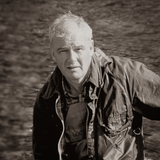
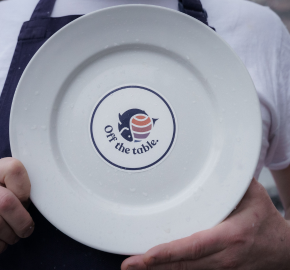
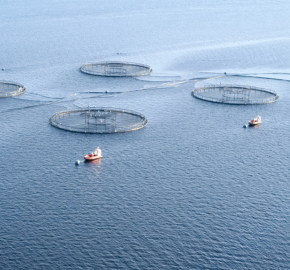
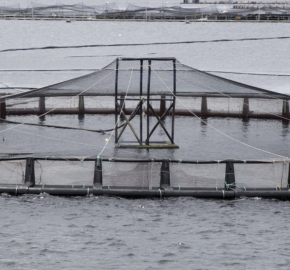
if the SNP can make a short term blinkered decision it will make it. Facts have no input–wild fish have become a nusence to a profitable industry–even if foreign owned!
What a sad story. It seems to be breaking its own Law and not fulfilling the requirements to insist Records are returned on time and published where necessary.
It seems to be following the same route as The Ferry saga.
Keep the pressure up